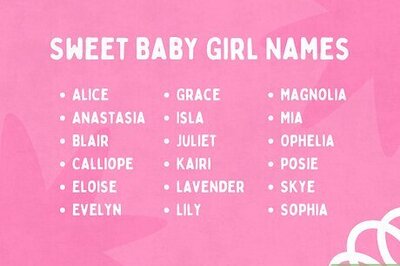
views
Ever wondered how voters identify the party or candidate of their choice in a billion-plus populated country like India? Well, the answer is: ‘symbols.’
So, the ‘Lotus’ is not only India’s national flower but also the party symbol of the ruling BJP while the palm of a hand has served as a brand image for the Indian National Congress, India’s grand old party, for decades.
Besides the BJP and Congress, five more national parties and 64 state parties have fixed symbols allotted to them. The Election Commission of India (ECI) also has the arduous task of allotting symbols to other parties and innumerable independent candidates every election.
As Lok Sabha Elections 2019 take place across the country, here is more on how these ‘symbols’ came into being and the purpose they serve.
Introduced to deal with the problem of illiteracy among the electorate— almost three in four voters were illiterate when India held its first national election in 1951-52— the symbols have over the years come to define political parties and candidates.
Let’s take a look at some more party symbols and what they represent (or not!)
‘Elephant or Bicycle ride’
The Mayawati-led Bahujan Samaj Party is one of the few parties to use an animal, an elephant, as its symbol while its current ally Samajwadi Party banks on a popular mode of transport bicycle to woo voters.
Hammer, sickle, star, farmer and peasant form the almost identical symbols of the Communist Party of India and Community Party of India (Marxist). And then there is the Aam Aadmi Party’s famous jhadoo or broom symbol, representing its promise to sweep out corruption from the country.
Some other popular symbols that are favourites of lesser-known political parties or independent candidates are ceiling fan, car, bat, noodle bowl, cauliflower, green chili, a dish rack with three plates, and a pen nib radiating rays of ink.



















Comments
0 comment